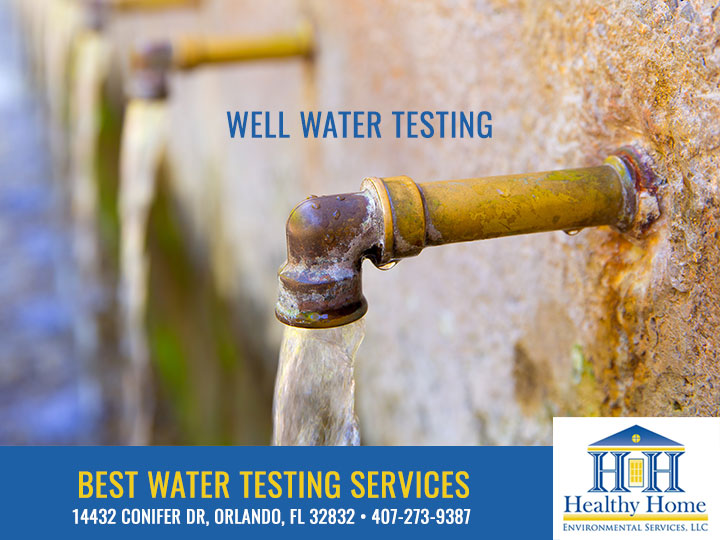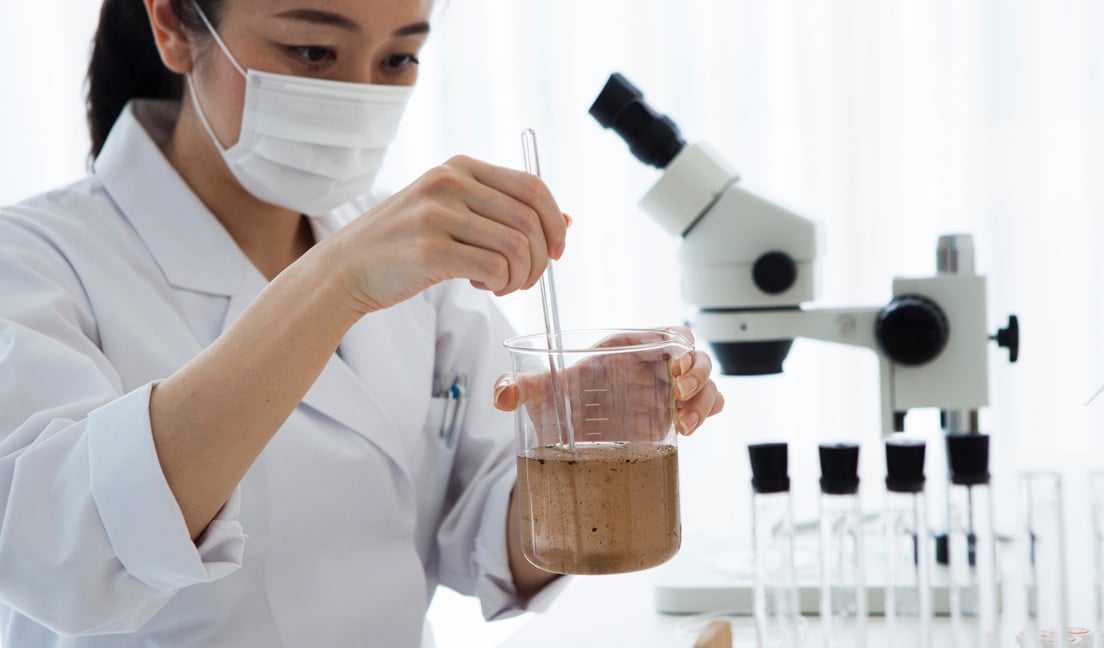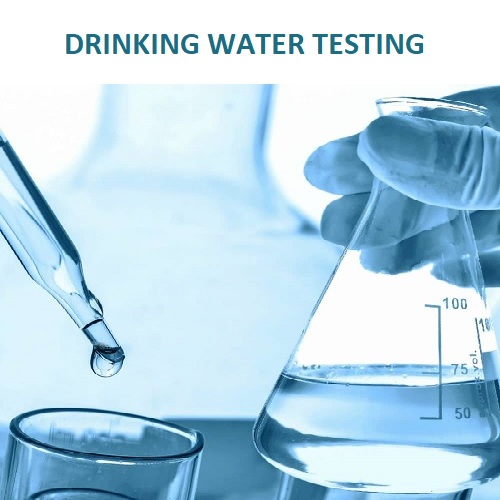Learn Exactly How Water Screening Can Discover Contaminants and Protect Your Family's Wellness
Recognizing the relevance of water testing is important for guarding your family members's health, as our water supply can harbor unseen dangers. By discovering the technicians of water testing, one can uncover the undetectable dangers prowling in seemingly pristine water resources.
Significance of Water Checking
Acknowledging the important function water plays in sustaining life, the value of water testing can not be overemphasized. Water is a fundamental source, necessary for drinking, cooking, cleanliness, and different commercial procedures. Its top quality directly impacts public health and wellness and well-being. Therefore, making sure that water is devoid of dangerous materials is crucial for keeping healthy and balanced neighborhoods and ecosystems.
Water testing acts as a positive measure to determine potential dangers that may endanger water quality. With systematic analysis, it aids identify physical, chemical, and organic criteria that can position dangers to human health and wellness. Routine testing enables the very early discovery of concerns, facilitating timely treatments to stop extensive contamination and associated illness.
In addition, water testing sustains regulative compliance, ensuring that water carriers meet well-known security standards and guidelines set by governmental authorities. It promotes openness and responsibility, constructing public count on the water system system. In addition, testing gives useful information that informs water monitoring strategies, enabling lasting use and conservation of this precious source.
Basically, water testing is a vital device that safeguards public health, makes sure regulatory adherence, and advertises the sustainable monitoring of water resources. Its importance in safeguarding both areas and individuals can not be ignored.
Usual Water Impurities
Among the various elements that can endanger water top quality, common water contaminants consist of a range of physical, chemical, and biological substances that pose considerable dangers to human health and wellness and the environment. Physical pollutants frequently include sediments or natural products put on hold in water, which can influence quality and preference.
Biological contaminants, primarily bacteria, viruses, and protozoa, occur from human and animal waste entering water systems. Virus such as E. coli, Giardia, and Cryptosporidium are infamous for causing gastrointestinal ailments and can be particularly unsafe to kids, the elderly, and those with jeopardized body immune systems. Nitrites and nitrates, typically originating from plant foods, present one more wellness risk, specifically to infants, potentially leading to problems like methemoglobinemia or "blue infant syndrome."
Additionally, arising pollutants, including drugs and personal care items, have elevated problems because of their perseverance and unidentified long-term results. Recognizing these impurities is vital for implementing effective water treatment approaches and making sure safe drinking water.
Just How Water Testing Functions
Recognizing the range of impurities in water emphasizes the significance of efficient screening approaches to guard public health and wellness. Water testing is an organized process created to identify and quantify various contaminations that could present threats to human wellness.
Once samples are accumulated, they undertake research laboratory analysis using numerous strategies. Chemical testing often includes spectrometry or chromatography, both of which can recognize and gauge specific chemical compounds. For microbiological testing, approaches such as membrane layer purification or enzyme substrate tests are utilized to detect pathogenic microbes. Additionally, physical qualities like ph, shade, and turbidity are assessed to supply understanding into the overall quality of the water.
The precise methods used in water screening depend upon the details contaminants of issue and the water's intended usage. By constantly applying these strenuous screening protocols, researchers and public wellness her latest blog authorities can make certain the safety and security and quality of water, therefore safeguarding areas from potential health and wellness risks.
Selecting the Right Test
The initial action is analyzing the water source-- be it local, well, or surface water-- as each has unique dangers. Community water might call for testing for disinfectant byproducts, while well water might need testing for nitrates, microorganisms, and hefty metals.
Following, take into consideration current occasions and ecological aspects. Nearby agricultural activities may require testing for chemicals and herbicides, whereas commercial areas can require checks for chemical pollutants. Additionally, any modifications in water taste, look, or odor should trigger details screening for typical pollutants like lead, chlorine, or biological pathogens.
Specialist water screening solutions supply comprehensive sets that target a vast array of prospective contaminants. These kits frequently line up with standards established by the Epa (EPA) or neighborhood health and wellness departments. For a more customized strategy, speaking with a water quality specialist can give understandings into which certain tests are required based on regional problems and specific health needs, making why not try here certain the security of your household's site web wellness.

Maintaining Water Security

Along with screening, proper maintenance of water systems plays an essential duty. This consists of examining and servicing plumbing systems, storage tanks, and septic tanks to stop leakages or backflow that might present contaminants - Water Tesing Services Tampa. Employing water filtration systems made to attend to certain regional problems can additionally protect versus contaminations, offering an added layer of defense
Public recognition and education are equally important in keeping water security. Neighborhoods should be informed concerning prospective risks associated with neighborhood water resources and the required steps to mitigate them. Urging public involvement in water security initiatives cultivates a cumulative responsibility that boosts general efficiency.
Ultimately, a comprehensive strategy that integrates regular screening, system maintenance, and area participation is necessary in guarding water high quality. By doing so, households can be ensured of tidy and risk-free water, shielding their health and wellness and wellness.

Final Thought
Normal water testing is vital for recognizing contaminants such as germs, heavy steels, and chemicals that pose wellness risks. By assessing water samples, undetected threats can be found, guaranteeing the arrangement of secure alcohol consumption water.
Recognizing the significance of water testing is crucial for safeguarding your household's health, as our water supply can nurture undetected threats.Water screening offers as an aggressive step to identify potential risks that may endanger water top quality.Furthermore, water screening sustains governing conformity, making sure that water carriers meet well-known safety and security requirements and guidelines set by governmental authorities. Municipal water might require screening for disinfectant byproducts, while well water may require screening for nitrates, microorganisms, and heavy metals.
Routine water screening is a vital component in maintaining the quality of water sources, making it possible for timely treatments before contaminants reach unsafe degrees.